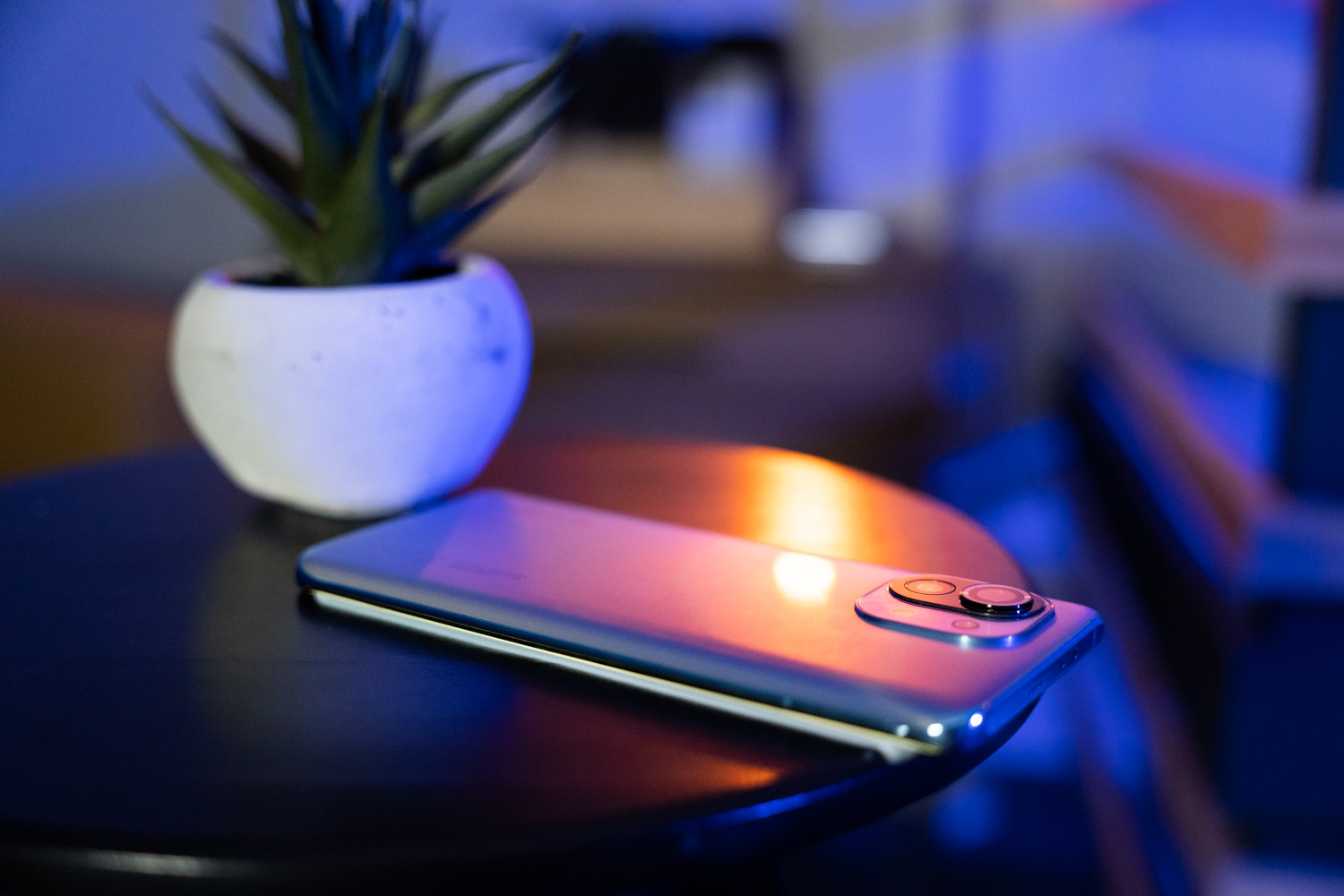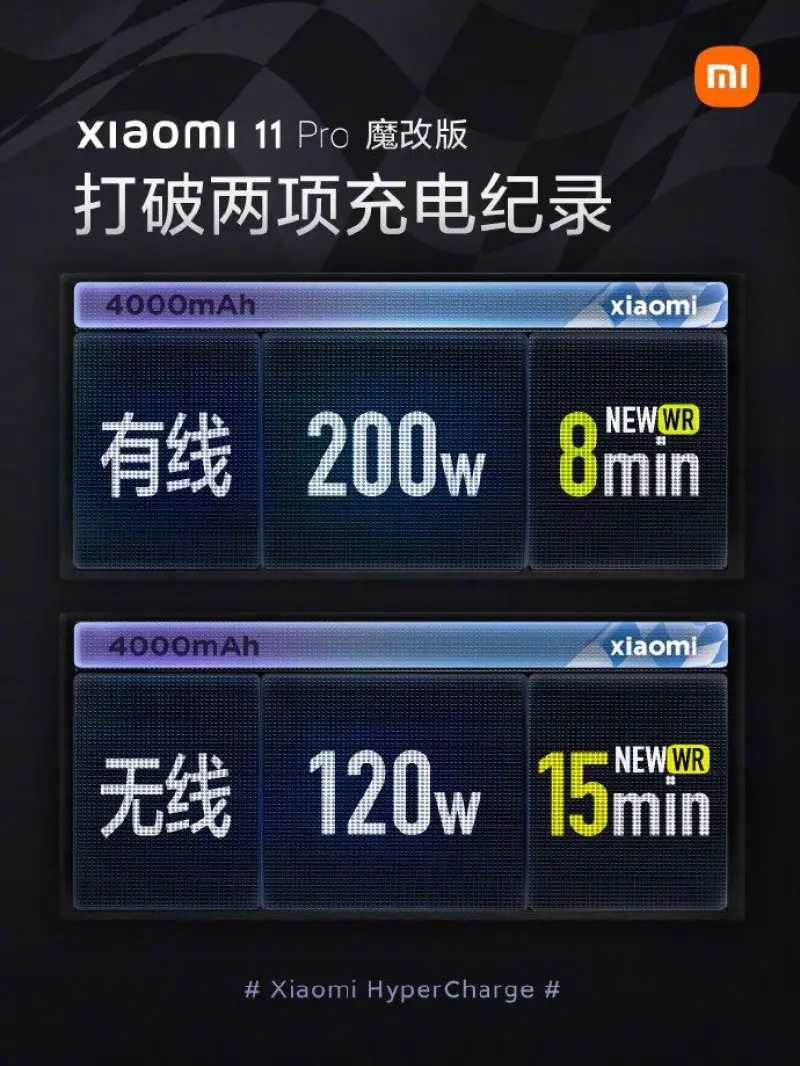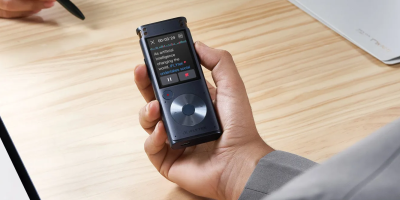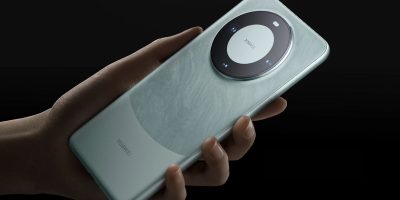Ever since the Galaxy Note 7 fiasco with flaming batteries, it seems that the smartphone market has stagnated in terms of trying to create slimmer but larger batteries. Instead, we’ve been seeing these companies pivot to creating new and much faster-charging standards. This includes the likes of OnePlus with Warp Charge and Xiaomi with HyperCharge.
Recently, Xiaomi showed off its new HyperCharge 200W capabilities. In the demo, the company uses a custom-built Xiaomi Mi 11 Pro with a 4,000mAh battery. When plugged in via a USB-C cable, the phone was able to go from 0-100% in just eight minutes. Wireless HyperCharge was also shown off, providing speeds of up to 120W and charging the Mi 11 Pro in just 15 minutes.
Xiaomi performed a Q&A session (via Android Authority) for its 200W HyperCharge technology, where the company was asked about battery degradation. This is the biggest question that potential Xiaomi customers may have, as there has to be some type of sacrifice to be made when using a charger that’s this fast. Xiaomi estimated that with HyperCharge, your battery will lose about 20% of its capacity of 800 charging cycles.
This equates to your battery capacity ending up around 4,000mAh if you were to use the Mi 11 Ultra as the standard with its 5,000mAh cell. Xiaomi also stated that based on Chinese regulations, a phone is required to maintain at least 60% of its battery life after 400 cycles. The company was quick to point out that HyperCharge safely and comfortably falls within this requirement.
So how does that stack up to the competition like Oppo’s 125W Flash Charge technology? Well, Oppo claims that at the same 800 charging cycles, the battery capacity will drop to 80%. Switching to a 65W charger will result in a battery capacity of 91% after the same amount of charges.
With phones being priced at more than $1,000 for the best of the best models, having your battery degrade that much over a span of 800 charging cycles is not the greatest. It won’t be much of a problem for phone enthusiasts, but you also have to consider the potential ramifications. That much heat being added to your phone over a prolonged period of time leaves the door open for failures in the hardware. This could end up with the industry seeing another Galaxy Note 7, and that’s something that the smartphone market definitely doesn’t need.













Comments